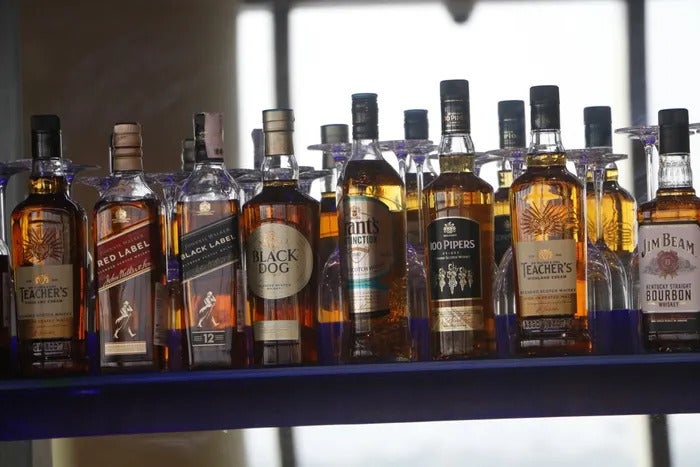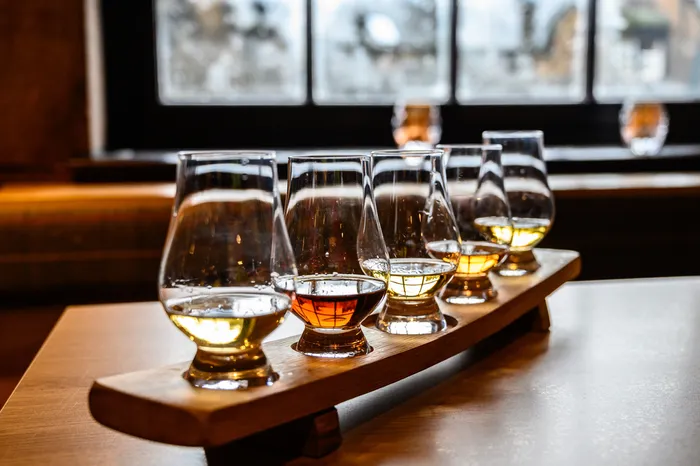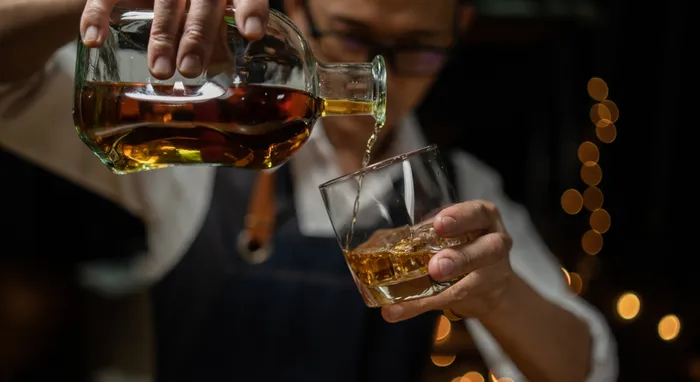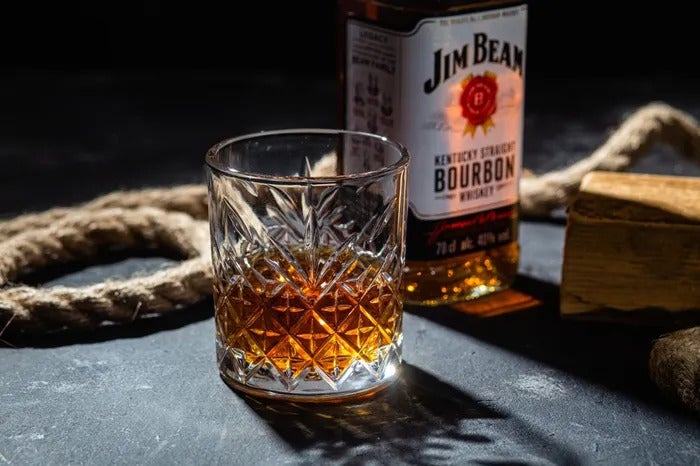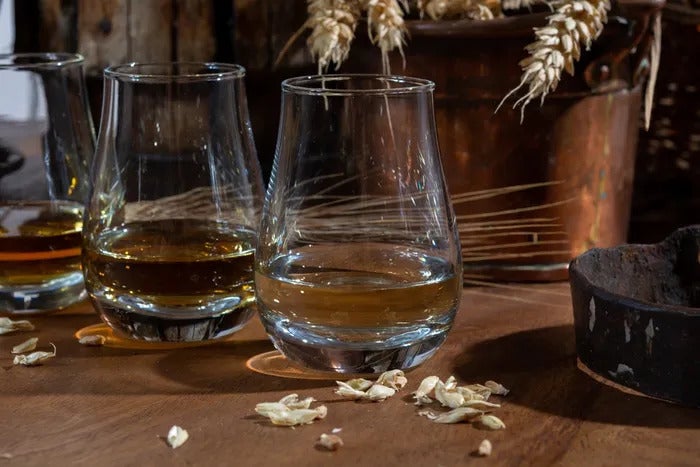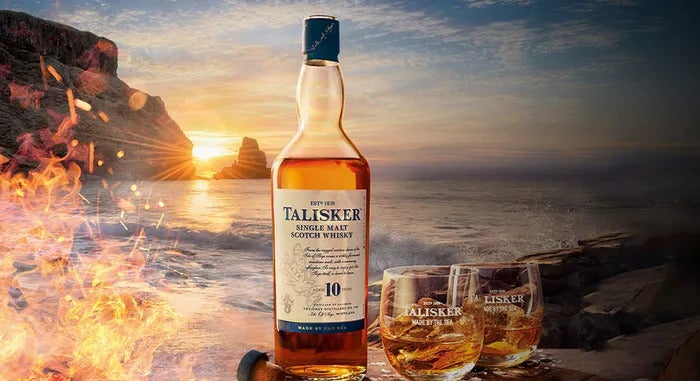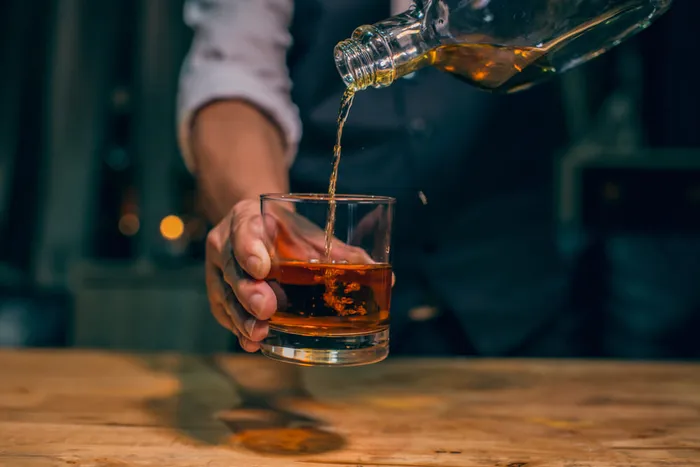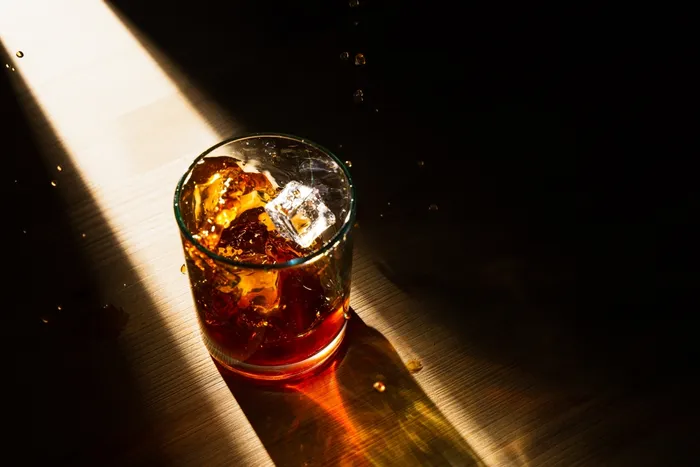There are no results that match your search.
Whisky • 6 min • 02.05.2023
Is It Whisky or Whiskey? Exploring the History and Origins
Everyone's heard of a Johnny on the Rocks or a Jack and Coke—beverages we have come to be familiar with at our usual hangouts, but are there alcoholic bases spelled Whisky or Whiskey?
What Is the Difference Between Whisky and Whiskey?
Whiskey, or whisky, is typically made from grains that are mashed, fermented, and then distilled, after which an aging process in mostly oak barrels introduces additional flavour and character into the spirit, and that's about where the similarity ends.
The Origin of the Name
Both whisky and whiskey are derived from the Gaelic "uisge beatha" or "usquebaugh," which are Celtic dialects originating from Scotland and Ireland respectively. Both translate loosely to "aqua vitae," or "the water of life," a concoction believed to have medicinal properties.
The History of Whiskey
Records as far back as 600AD indicate it was either Christian monks returning to Ireland, or Christian missionaries returning to Scotland that first developed Whisk(e)y—there is an ongoing debate between the Irish and the Scottish on who did it first. In those times, the monks had difficulty sourcing grapes to distill aqua vitae in the temperate climate of the Celtic Islands and turned to fermented grain mash to create the first versions of whisk(e)y.
The First Whiskey
This method quickly spread throughout the regions of Ireland and Scotland, each developing its own unique style, with the earliest mentions of whiskey production dating back to 1494, where tax records indicated the King of Scotland, King James IV ordering a large quantity of malt to be given to Friar John Cor for the production of aqua vitae.
Ireland and Scotland
By the 18th century, the introduction of technology such as the Coffey still (aka continuous still) and the improved distillation process led to a boom in the industry, and whisk(e)y quickly became an international success.
As the regions continued to improve their styles, Scottish distillers took on a style that was defined by using malted barley that was dried over peat fires as the main ingredient in their mash, which created the iconic smokey flavour that we all have come to be love in our Scotch whisky, whereas the Irish preferred a mix of malted and unmalted barley alongside other grains in their mash—combined with a triple distillation process, this gave Irish whiskeys a reputation of being smooth and aromatic compared to their smokier cousins.
As the difference in style continued to grow, Scottish distilleries dropped the "e" in their name to help consumers differentiate between Scottish whisky and Irish whiskey; this paved the way for great distilleries such as The Glenfiddich, and Old Bushmills.
The Rest of the World
As the whisk(e)y industry continued to grow, other countries started experimenting and distilling their own versions, some notable ones being:
United States
Bourbon whiskey was first distilled commercially in Kentucky in 1783, with the largest distillers currently including Jim Beam and Maker’s Mark. The main component of corn in the distillation process gives it a natural sweetness and aging in oak barrels gives it that traditional hint of vanilla most Bourbons hold.
A process known as sour mash, first recorded in 1818, was improved and perfected by chemist James C. Crow in 1838. Distillers would use parts of a previously fermented mash to start a new batch, ensuring consistency in the flavor and quality of the product across batches. Because of the higher acidity in the fermentation process, whiskeys made with this process carry some tartness on the palate and often can be more complex.
Jack Daniels was founded in 1866, using this technique of distillation, and is one of the leaders in sour mash whiskeys today.
Canada
Canadian whisky, less commonly known as rye whisky, was first produced in 1801 in Quebec City.
An interesting common trait they share with Scotch whisky is the legal requirement for the product to be aged for a minimum of 3 years in oak barrels. Some of the most popular Canadian whiskies today are Crown Royal and Canadian Club
Japan
Being the youngest competitor in the whisky industry didn’t deter Japan at all in the development of high-quality whisky. In 1918, Masataka Taketsuru traveled to Scotland to study the craft of whisky making, I’d hazard a guess that since he studied in Scotland, it’s only natural that Japanese whisky followed the Scottish spelling!
Upon his return to Japan after completing his apprenticeship, Masataka helped set up Japan’s first whisky distillery (Yamazaki distillery) in 1923. This went on to be a major part of Suntory Holdings and is home to some of the best-selling brands such as Yamazaki, Hibiki, and Hakushu.
Final Thoughts
The argument of Whisky or Whiskeyis certainly one that can keep debates running for hours on end indeed, and while this honored spirit has migrated around the world and become a cornerstone of inspiration for many of the wonderful styles we have today, it would be safe to say that, in a nutshell:
-
Whiskey is used by American and Irish distillers
-
Whisky is used by Scottish, Canadian, and Japanese distillers
Regardless of the letter, I have to say that there are endless possibilities to enjoy our whisk(e)y today, be it in a cocktail or a simple dram after dinner—cheers everyone!







